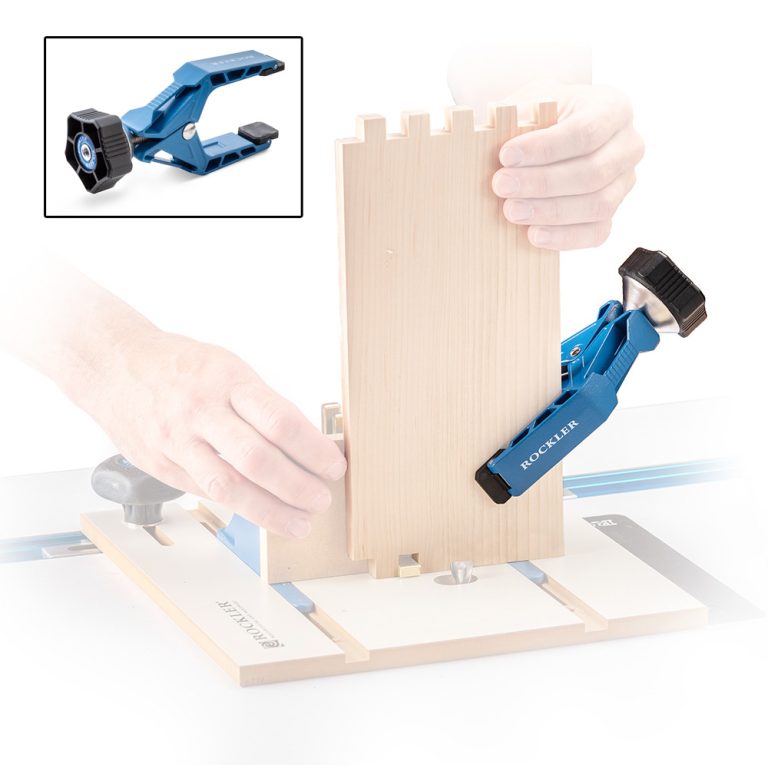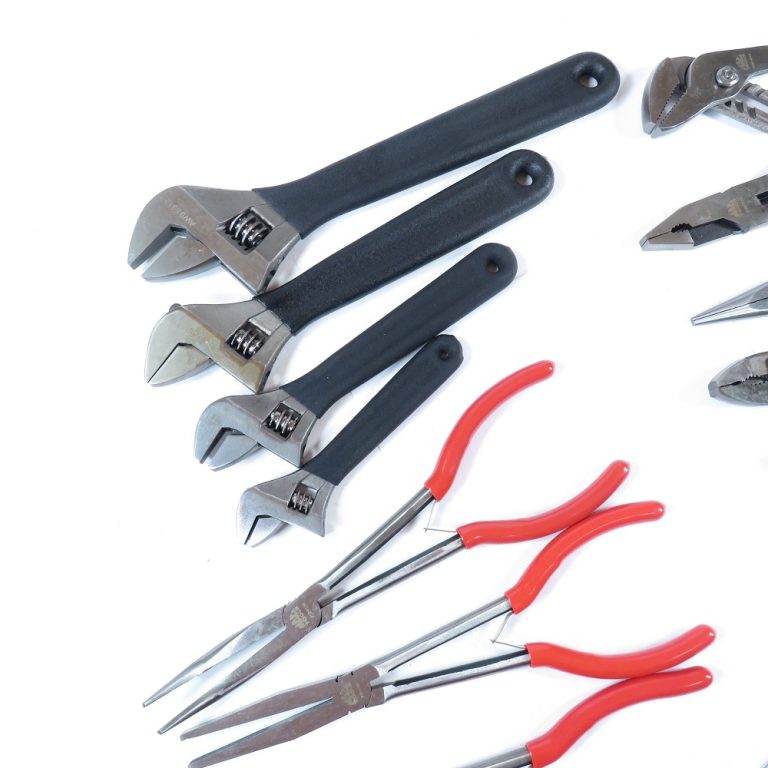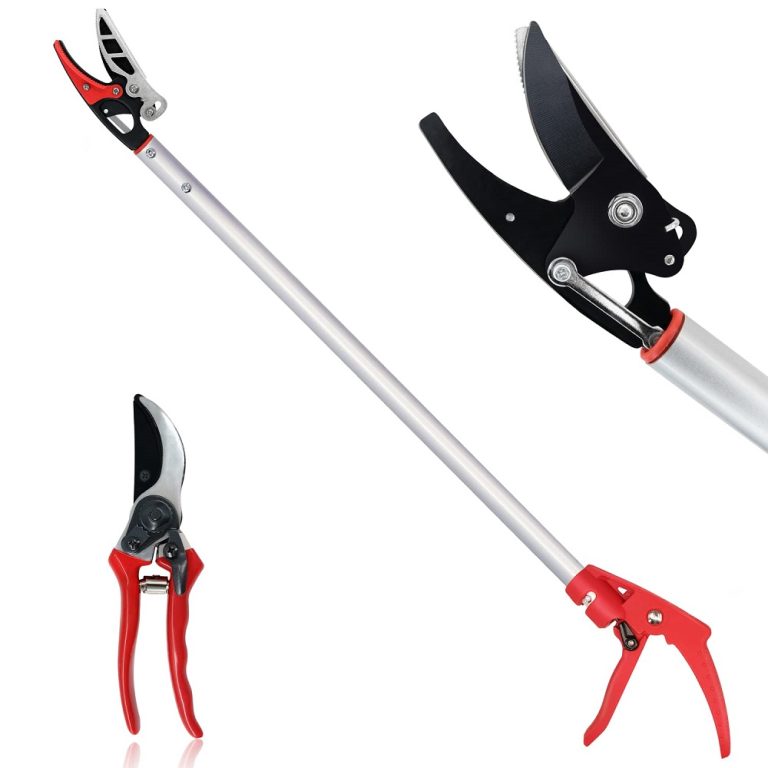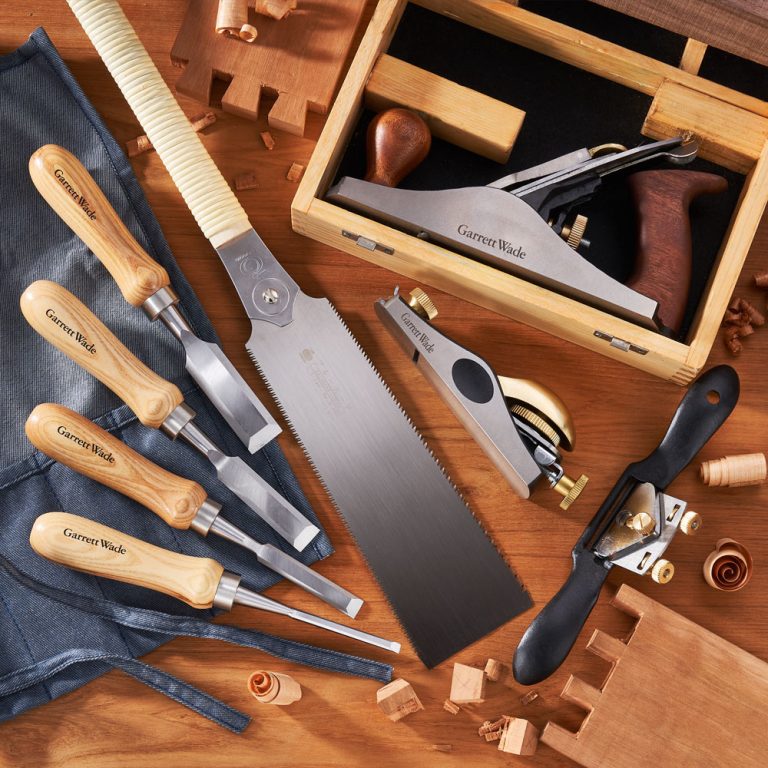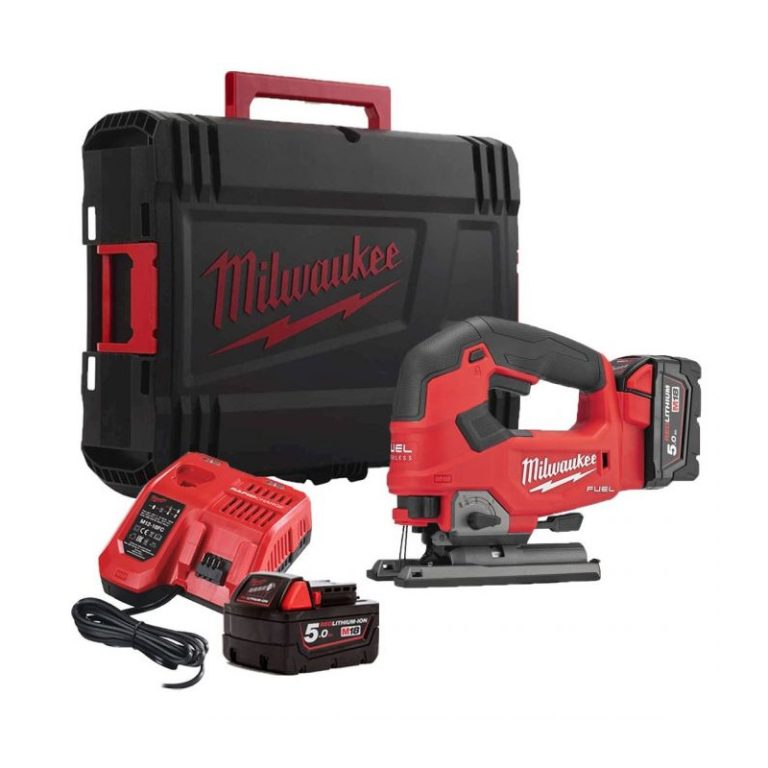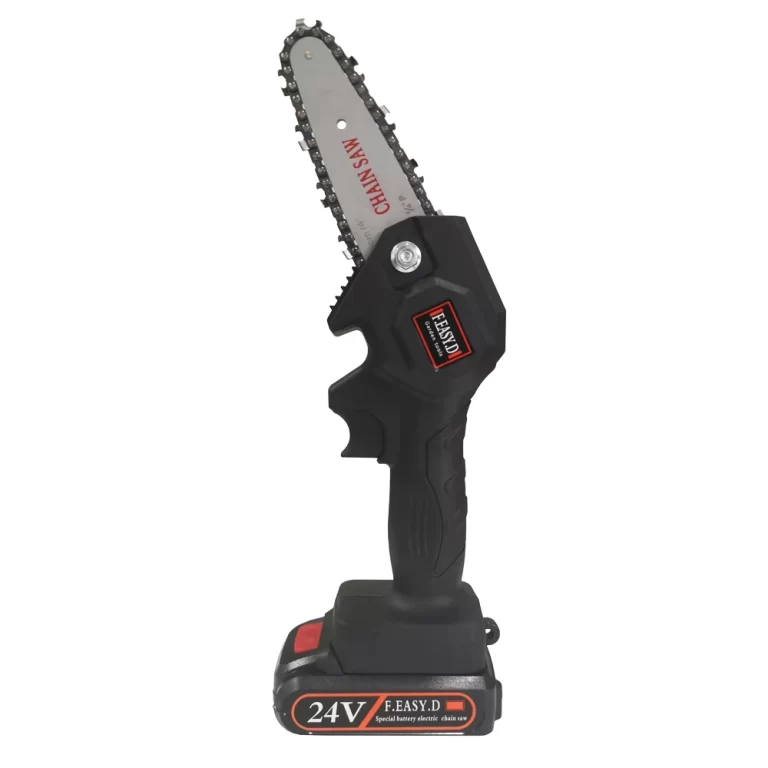Introduction to Miter Saws
Miter saws, essential tools in woodworking and carpentry, precisely cut angles. They are invaluable for creating frames, molding, and detailed trim work. These saws produce clean and accurate cuts, making them popular among DIY enthusiasts and professionals.
Definition and Uses
A miter saw powers a circular blade to quickly make crosscuts on wood at selected angles. Ideal for precise woodworking tasks, miter saws simplify tasks like framing and molding. They are key for projects requiring tight angular cuts.
Types of Miter Saws Available
Miter saws come in several forms, each suited for different tasks:
- Basic Miter Saws: These make straight crosscuts. Best for simple, straightforward projects.
- Compound Miter Saws: These cut at an angle or tilt, ideal for beveled cuts.
- Sliding Compound Miter Saws: Offering extended reach for wider materials, these saws suit larger projects.
- Cordless Miter Saws: These provide portability without sacrificing performance, suited for remote jobsites.
Each type serves unique needs, making it crucial to choose based on project requirements.
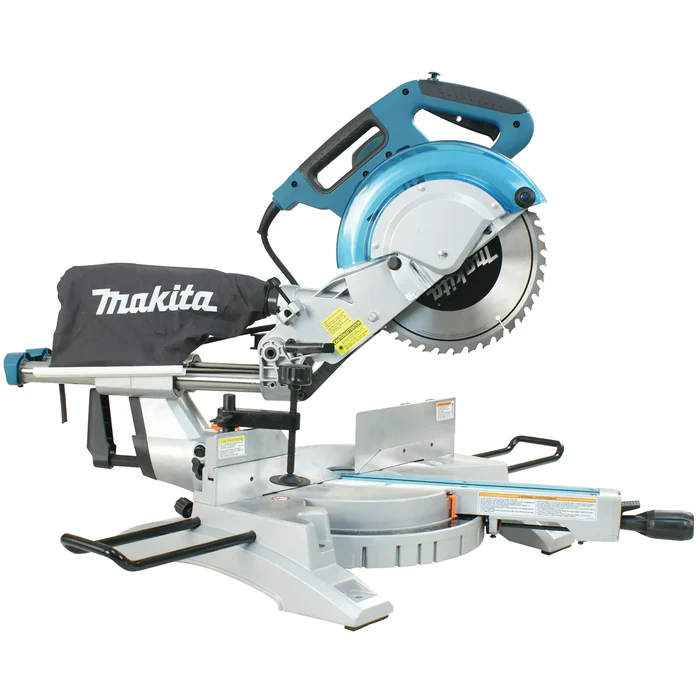
Key Considerations When Choosing a Miter Saw
Selecting the right miter saw involves assessing your specific needs and understanding the key features that impact performance and convenience. Below are some critical factors to consider when shopping for the best miter saw.
Power Source: Corded vs. Cordless
When choosing a miter saw, the power source is a major consideration. Corded miter saws offer consistent power without needing batteries. They are great for workshops with easy access to outlets. Cordless models, on the other hand, provide mobility and are perfect for job sites without power. However, battery life and power can vary, so it’s important to check these before purchasing.
Blade Size and Type
The blade size determines the maximum cut capacity of the saw. Common sizes include 10-inch and 12-inch blades. Larger blades cut through thicker materials. The type of blade also affects the cut quality. For fine woodworking, a blade with more teeth will deliver cleaner cuts. For rough cuts, fewer teeth are sufficient.
Weight and Portability
Weight is a critical factor for those who frequently move their saws. A lightweight miter saw is easier to transport between job sites or around a workshop. Compact models are often favored for their portability. However, don’t forget to consider the saw’s stability—lighter saws should still be sturdy enough to make precise cuts.
Best Miter Saws for Specific Needs
Choosing the right miter saw hinges on specific needs, work setting, and the type of projects. Whether a seasoned professional or a DIY enthusiast, matching the saw to the task ensures top performance and value. Let’s dive into some top picks tailored for distinct needs.
Best Overall Miter Saw
For overall excellence, the Bosch GCM12SD Axial Glide stands out. With its expansive cut capacity and axial glide system, it provides unmatched smoothness in operation. While it’s at a higher price point, the performance and durability make it a top choice for those who require precision and efficiency in their woodworking.
Best Budget-Friendly Miter Saw
The DeWalt DWS779 15A 12-inch miter saw offers a blend of reliability and affordability. For those balancing cost and quality, this saw hits the mark. It delivers the essential features needed for precise cuts without breaking the bank.
Best Miter Saw for Professionals
Professionals should look at the Festool Kapex KS 120 REB. Engineered for high demand, this saw’s advanced features, such as efficient dust collection and dual lasers for cut line indication, cater to high-end woodworking tasks. The investment speaks volumes in terms of longevity and unequaled performance.
Best Compact Miter Saw
On the go? The Bosch CM8S might be the answer. Lightweight yet powerful, it’s easy to transport and doesn’t skimp on capability. With a respectable blade speed and cutting capacity, this miter saw proves to be the compact solution for on-site work or small workshops.
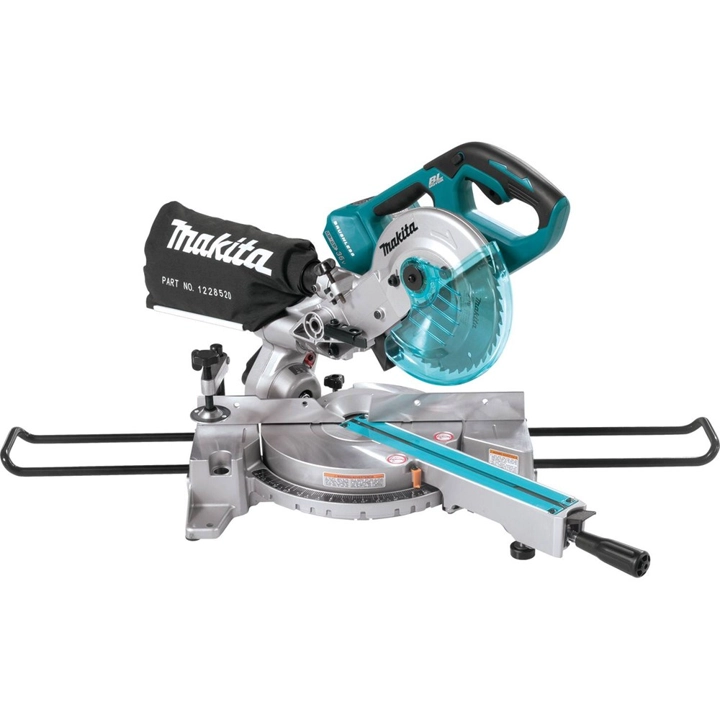
Features to Look for in a Miter Saw
When hunting for the best miter saw, certain features can make or break your experience. These not only affect the quality of your work but can also influence safety and versatility. Let’s explore some of these must-have features.
Cutting Capacity and Precision
The right miter saw should offer the cutting capacity needed for your projects. Look for saws that can make wide crosscuts and deep cuts. Precision is vital; consider saws with advanced guiding systems like lasers or LED guides. These provide clear cut-line visibility for accurate results.
Safety Features
Your safety is paramount. Key safety features include transparent blade guards and electric brakes that quickly stop the blade. Also, look for anti-kickback mechanisms. These help to minimize the risk of accidents, ensuring a safer workspace.
Additional Functionalities
Additional features add convenience and value. A dust collection system keeps your workspace clean. Positive stops allow for quick angle adjustments, and a sliding arm extends the cutting range for wider materials. Also, consider the ease of changing blades and making bevel adjustments. All these enhance your saw’s functionality and your productivity.
Tips for Maintaining Your Miter Saw
Proper maintenance extends the life of your miter saw and ensures optimal performance. Here are tips to keep your saw in top shape.
Regular Maintenance Practices
- Clean after use: Wipe sawdust and debris off the saw after each use.
- Lubricate moving parts: Apply lubricant to keep components working smoothly.
- Check blade sharpness: Dull blades make poor cuts and can be dangerous. Replace or sharpen as needed.
- Inspect safety features: Ensure blade guards and brakes function properly.
- Tighten loose parts: Regularly check and tighten any bolts or screws that may have loosened.
Routine upkeep will make your miter saw reliable and ready for every project.
Handling and Storage Tips
- Use with care: Handle your miter saw gently to avoid damage.
- Store properly: Keep in a dry, dust-free area to prevent rust and wear.
- Support the saw: When not in use, rest the saw on a stable base.
- Cover the saw: Use a protective cover to shield against dust and moisture.
With these handling and storage practices, your miter saw will maintain its precision and safety for years to come.

Maintenance Tips for Miter Saws
To extend the life of a miter saw, proper maintenance is essential. Regularly clean the saw after each use. Dust accumulation can affect performance and cut quality. Use a soft brush to clear dust from the motor and blade area. Additionally, inspect the blade for any signs of damage. A dull or damaged blade can produce inaccurate cuts and should be replaced.
Lubricating moving parts is another crucial maintenance step. Apply lubrication to the sliding rails to ensure smooth operation. This practice helps prevent wear and keeps the saw functioning effectively. Additionally, tightening any loose screws or bolts enhances stability during use.
Finally, check the alignment of the blade periodically. An improperly aligned blade can lead to crooked cuts. Adjust the blade according to the manufacturer’s instructions if needed. By following these maintenance tips, users can ensure their miter saw remains in top condition for years to come.
Safety Precautions
Safety should always be a top priority when using a miter saw. First, wearing appropriate personal protective equipment is crucial. Safety goggles protect the eyes from flying debris. Additionally, ear protection is recommended due to the saw’s loud noise. Wearing a dust mask can also help when cutting materials that produce significant dust.
Next, familiarize yourself with the saw’s operation manual. Understanding the specific features and functions improves safety and efficiency. Always secure the material being cut with clamps or a workbench. Properly securing the material prevents it from shifting during cuts.
Moreover, never reach into the cutting area while the saw is operating. Wait for the blade to stop completely before adjusting or clearing any materials. Keeping hands at a safe distance from the blade is vital. By adhering to these safety precautions, the risk of accidents can be significantly reduced.

Conclusion
Having discussed the intricacies of miter saws, from their types to key considerations and specific needs, it’s clear that the right miter saw can make a significant difference in your woodworking or carpentry projects.
Recap of Top Picks
- The Bosch GCM12SD Axial Glide is the best overall for its performance and axial glide system.
- For budget-conscious users, the DeWalt DWS779 15A 12-inch miter saw balances cost with reliability.
- The Festool Kapex KS 120 REB stands out as the top pick for professionals due to its precision and advanced features.
- And for those requiring portability, the Bosch CM8S offers a compact and powerful solution.
Final Thoughts on Selecting the Right Miter Saw
In concluding, remember to match the miter saw to your project needs and workspace. Consider power sources, blade sizes, weight, and extra features.
Regular maintenance and proper handling will ensure that your saw continues to deliver precise cuts and remains a reliable part of your toolkit for many years. The initial cost is an investment in the quality and ease of future projects. Go for a saw that not only fits your immediate need but has the potential to grow with your skills.

